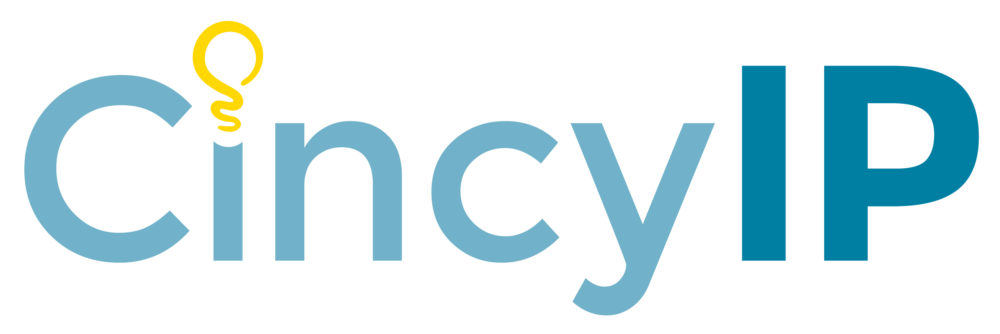“Draft and Prosecute Biotech Patent Applications that can Withstand IPR and PGR Challenges”
Barbara Rudolph will discuss preparing and prosecuting U.S. biotech patent applications to withstand scrutiny by the Patent Trial and Appeal Board (PTAB) during IPRs and PGRs, and, potentially even avoiding institution completely or at least narrowing the scope of the proceeding. The discussion includes building into the patent application and prosecution a broadest reasonable claim construction that will avoid unpatentability, and more liberal use of declarations relating to nonobviousness and §112 issues. Ms. Rudolph represented the patent owner in the second ever post grant review, which was settled before institution. Ms. Rudolph will draw lessons from the denials, institutions, and final written decisions of PTAB to date.
“The Future of Biotechnology Innovation, and How it can be Protected and Monetized”
We hear a lot about personalized medicine, computational biology, and the data we are acquiring from electronic medical records, but what will this technology look like in the clinic? This panel will discuss what kinds of innovations are possible from a technical standpoint, then assess how they can protected using intellectual property law and what kinds of protection might be important to small biotechnology companies for development. Recent case law has changed how we view IP strategies to protect biomarkers and software, yet we need to be prepared to apply these rulings to ensure that new technologies being developed have a chance to succeed. Panelists will include a biomedical informatics, a seed-stage investor and a biotech attorney.
“The Patentability of Natural Products: A European Perspective”
So-called “natural” products—things isolated or derived from naturally occurring materials—are often patentable in Europe. The rules and policy concerns around patenting these materials are somewhat different in the EPO, UK IPO, and USPTO. These differences present both challenges and opportunities for crafting global IP protection strategies for natural products. Suggestions are offered for how US patent attorneys might best assist and solicit the assistance of European counterparts when seeking international IP protection for a natural product.
“Protecting Natural Products in the Wake of Evolving Eligibility Standards”
Over the past five years, the Supreme Court of the United States (SCOTUS) has morphed patent eligibility under 35 U.S.C. § 101 from a low-bar threshold test (e.g., anything under the sun that required the hand of man) to a substantive, complex standard that is ill-defined. In the biotechnology area, the Supreme Court recently overturned two Federal Circuit holdings, surprising many in the IP community. Indeed, hundreds of claims in issued patents are thought to be invalid as a result of the new Supreme Court patent eligibility standards. For example, in Association for Molecular Pathology v. Myriad Genetics (2013), the Supreme Court held that claims to isolated genes (i.e., DNA isolated from a naturally occurring biological cell) are not patent eligible. This reversed the USPTO’s approximate thirty year policy of issuing such claims. Further, in December 2014, the USPTO issued a revised memorandum setting forth examination guidance for subject matter eligibility that many believe far overreach the Supreme Court holdings. This guidance instructs examiners to reject claims drawn to any isolated natural product, not just isolated DNA.
The Supreme Court holdings and the USPTO Guidelines threaten to restrain innovation in natural products, including pharmaceuticals (~50% of all drugs are natural products or directly derived from natural products) and consumer products. The session discussion will discuss the Supreme Court holdings, the USPTO guidelines, and some possible strategies for protecting natural products in light of these recent developments. In particular, how should IP strategy change in response to SCOTUS Myriad (genes not eligible), Fed. Cir. Myriad II (i.e., primers/non-gene isolated DNA is not eligible), and the USPTO guidance (i.e., no natural products are eligible)? How is the balance between the utilization of patents vs. trade secrets shifting now and how would it change if the case law does eventually result in the same position as the USPTO?
“Strategies for Patenting at the Intersection of Biotech, Informatics and Healthcare IT”
Patenting biotech used to be easier. DNA-based inventions claimed molecules and medical treatments. But all that has changed. Now, informatics and healthcare IT are blending together form inventions that cover biotechnology along with related computer hardware and software. Companies want to protect the discovery of novel genes and proteins and also the informatics that allowed them to find and analyze these molecules. This session will explore the expanding scope of biotech patenting, and focus on what kinds of claims are now patentable, and unpatentable, in the U.S. Recent decisions by the U.S. Supreme Court that have changed the way we analyze patentable inventions will also be discussed in the context of claiming healthcare IT subject matter

